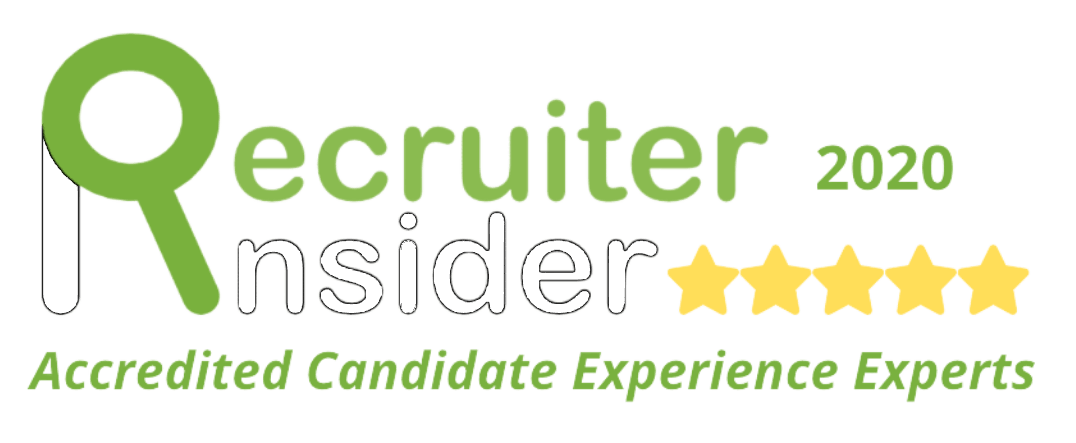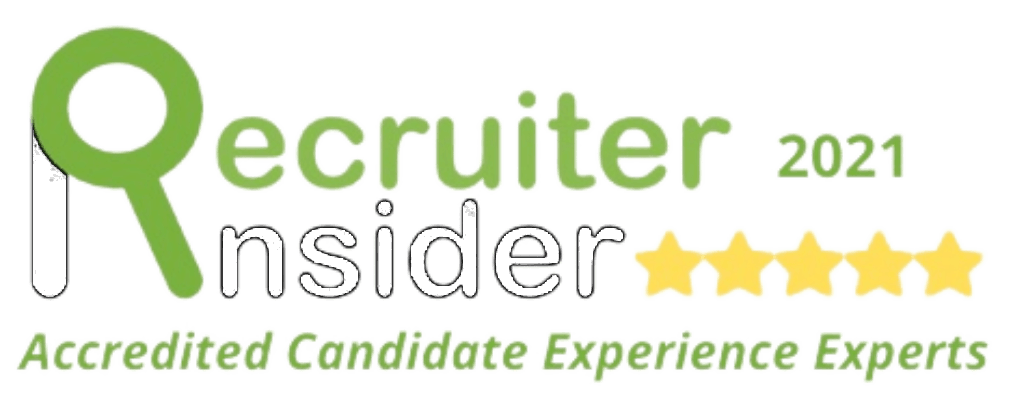How to: Write a Marketing Job Description
A good job description is both a tool for attracting qualified job applicants, and also for evaluating them through the interview process. Writing one can seem like a daunting task … but it needn’t be.
Putting your marketing hat on, a Job Description is like a brief you might write for one of your agencies, only in this instance you are briefing job seekers. It’s important to know who your ideal candidate is. They are your target market for this communication.
Use the structure outlined below to build a job description that will appeal to job seekers, allowing them to see how and where they would fit within your company & marketing team.
Role Title
- Keep it simple. Use role titles which are common in the market so candidates can quickly understand what the role is, and if their skills are suitable.
- Using quirky job titles can be confusing, ending in candidates overlooking a role, or applying for the wrong roles.
Company Overview
- This is a great place to inject the brand personality into the job description through tone of voice and writing style (formal, playful, energetic, etc).
- It’s also the place to outline company values if they are central to the business.
- Keep it to 2-3 paragraphs outlining who the company mission, and it’s products / operations.
Job Purpose
- Why does this position exist?
- How does it make a difference or help the marketing team / company move towards its goals?
- Understanding the job purpose is particularly important for Gen Z, so this is definitely something to keep in mind if your ideal candidate falls into this demographic.
Team Structure
- Outline the structure of the marketing team and where the role fits.
- Who do they report to? Who will they work closely with?
- Do they have team management responsibilities?
- Outline key working relationships with other departments.
Responsibilities / Duties
- Although it can be tempting to include every single task this position might do, try to keep this section to 10 bullet points for junior marketers & 15 bullet for mid to senior positions.
- Use engaging verbs (eg. Initiates, executes, leads, coordinates, adapts, reports, advises) so that candidates can imagine themselves doing these actions.
- List duties in order of their importance and/or frequency in which they are performed.
- Include explanatory phrases which tell why, how, where, or how often tasks and duties are performed.
- Focus on the outcome of tasks.
- Reference areas of decision-making and where approval is required
- Describe the level and type of budgetary or financial responsibility
- If less than 5% of the time will spent on a particular task, either combine it with another smaller task, or leave it out.
Skills & Experience Required
- Focus on skills & experience rather than a specific number of years. Try not to be too prescriptive.
- Think about “must haves” versus “nice to haves”
- Do they really need a degree? e.g. Degree qualification in Marketing or relevant industry experience
- Are you open to candidates with similar experience eg. Experience with Hubspot or similar
- List skills & experience in terms that are commonly used, so candidates can effectively understand if they meet your selection criteria
- Try to keep this section to around 10 bullet points
Benefits
What’s in it for them?
To present benefits in a relevant & attractive way to candidates, outline how each perk will benefit them. Eg. Hybrid Working: Avoid the grind of the daily commute and gain valuable hours in your week by working from home on Tuesdays, Thursdays, and Fridays.
Like with any marketing brief - the more time / thought you put into it upfront, the better the result!
If you are looking for help finding the best marketers to join your team or just want to chat about industry trends and the job market at the moment, don’t hesitate to get in touch with our specialist marketing recruitment team.










